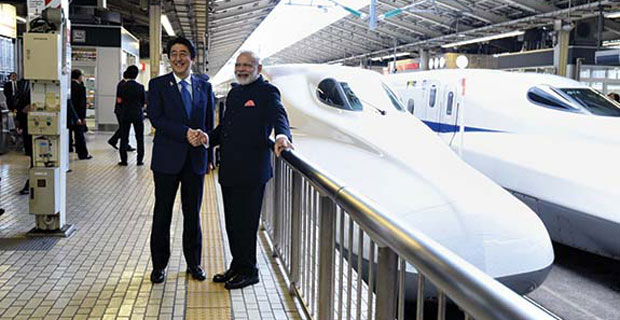Bullet Train–7 firms willing to construct undersea tunnel
At least seven Indian companies have shown interest in the construction ...
The official said that around 7 km of this underground corridor is under the Thane creek. Of this, a 1.8 km long section will be developed under the sea bed, while the remaining part of the stretch is to be built under the mangroves marshland on either side of the creek. The official said that tender is for the development of tunnel, which includes testing as well as commissioning for double-line high speed railway for the project using tunnel boring machine (TBM) and a new Austrian tunnelling method (NATM). A geo-technical investigation of the undersea tunnel area was carried out earlier by a team of engineers from NHSRCL, RITES and Japan’s Kawasaki Geological Engineering firm. In order to study the sea bed structure, a static refraction technique (SRT) survey was carried out by the team, which involved firing a high energy sound wave towards the seabed from below the water surface as well as mapping the refracted sound wave in order to determine the density of the rock under the sea bed. The team had also submitted the final report with the NHSRCL. Last year, the NHSRCL awarded civil contracts for the construction of 64 percent of MAHSR alignment which includes five HSR stations at Vapi, Bilimora, Surat, Bharuch, Anand/Nadiad, train depot at Surat and one mountain tunnel of 350 metres.
The bullet trains are expected to run at 350 km per hour, covering the 508-km stretch in about two hours. Trains plying on the route take over seven hours and planes about an hour. Prime Ministers Narendra Modi and then Japanese Prime Minister Shinzo Abe on September 14, 2017 laid the foundation stone for the Rs 1.08 lakh crore ($17 billion) HSR project.
—Anand Singh











Comments.